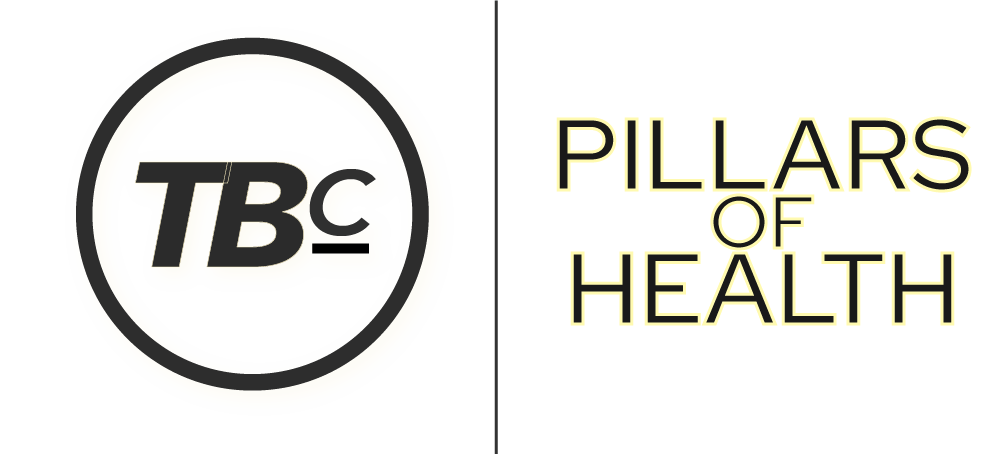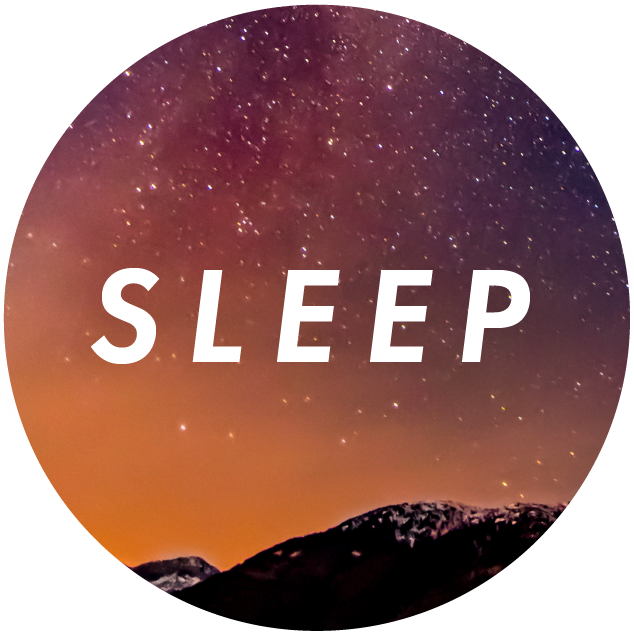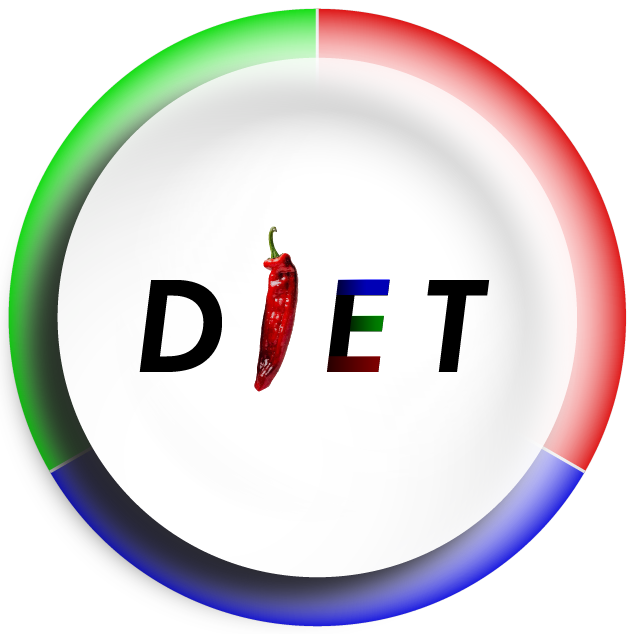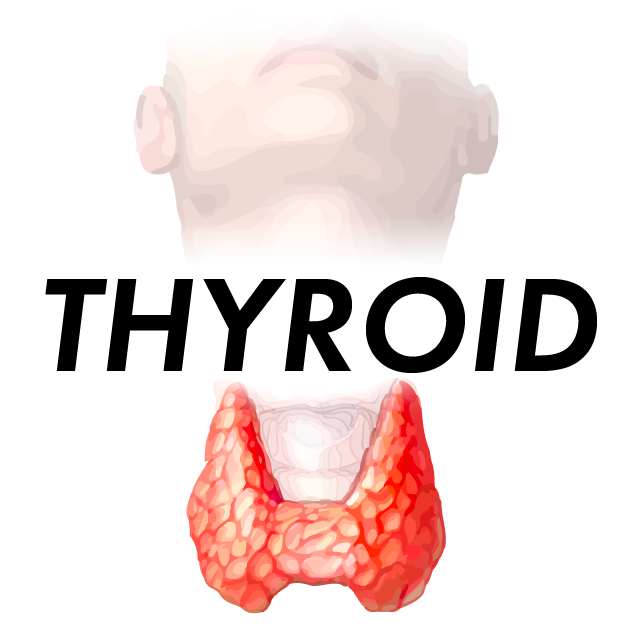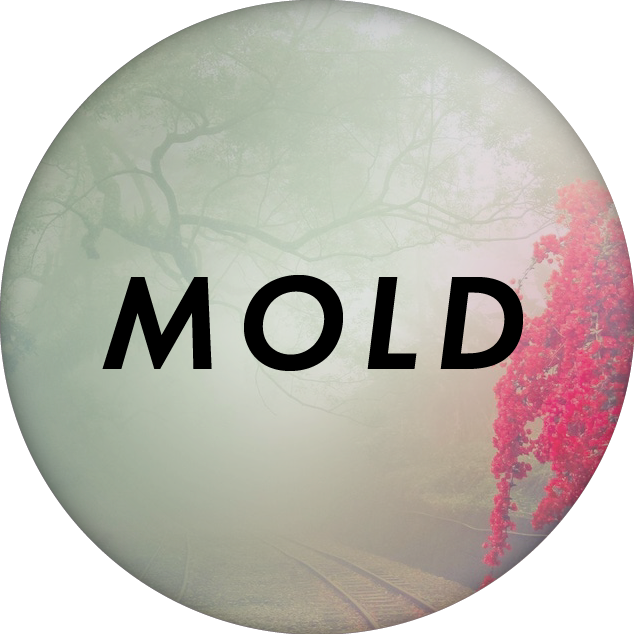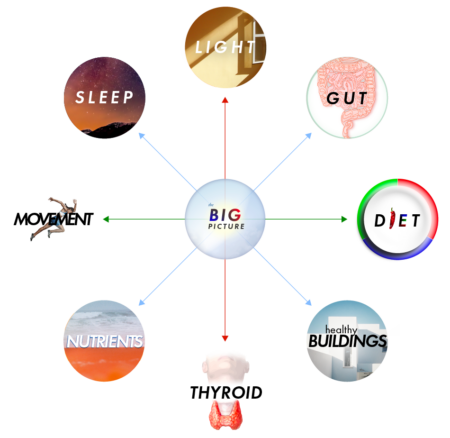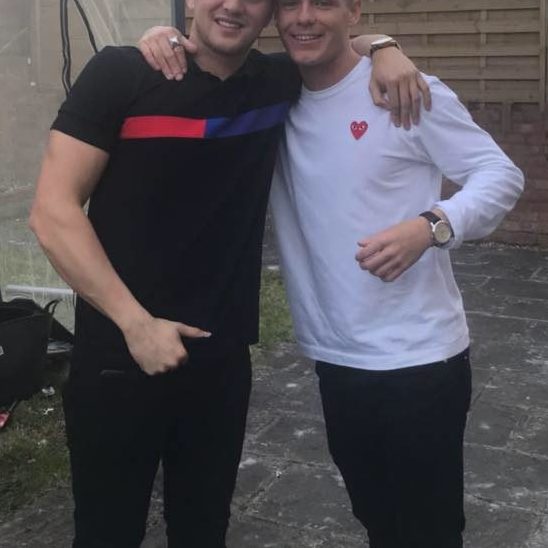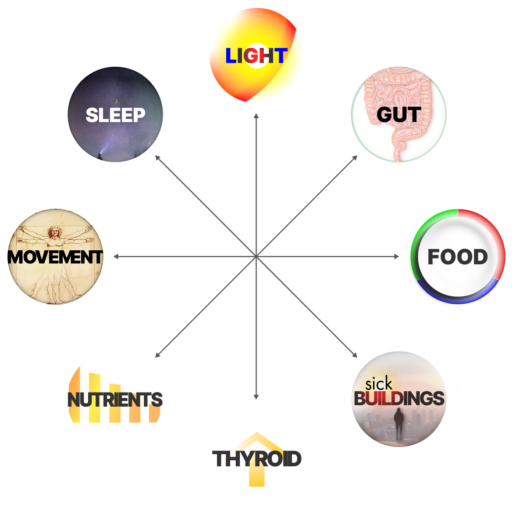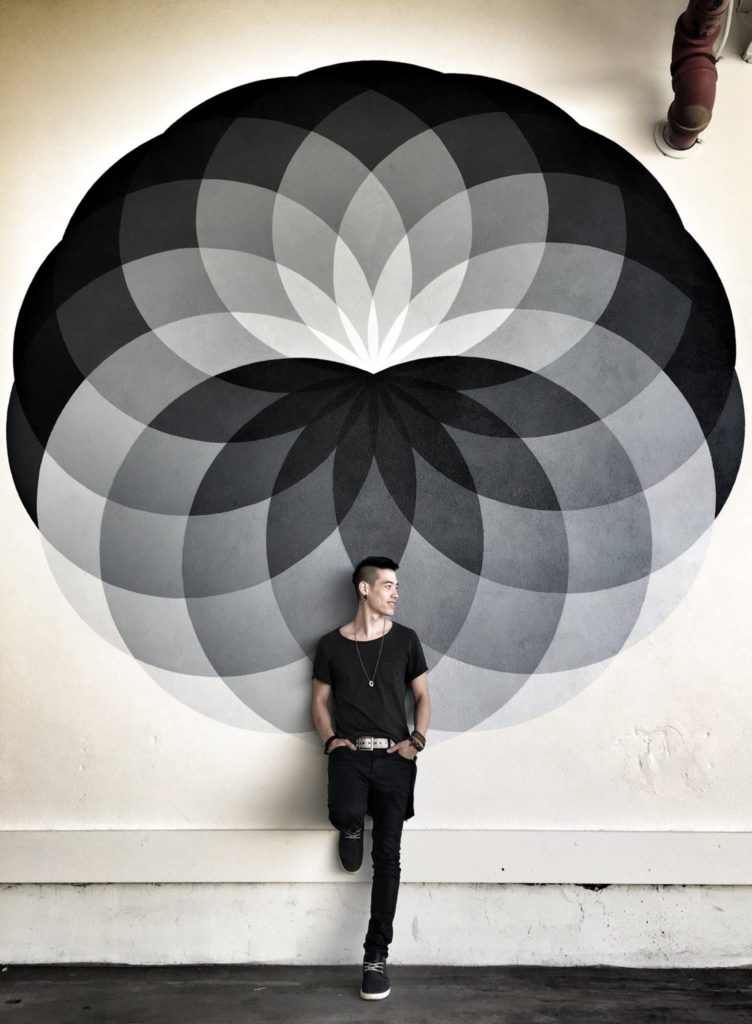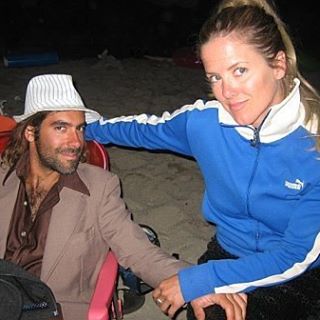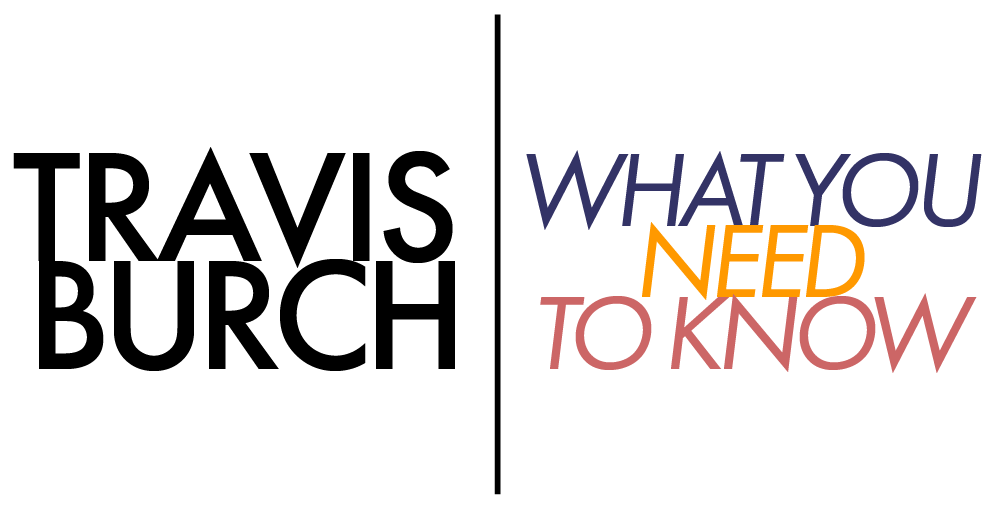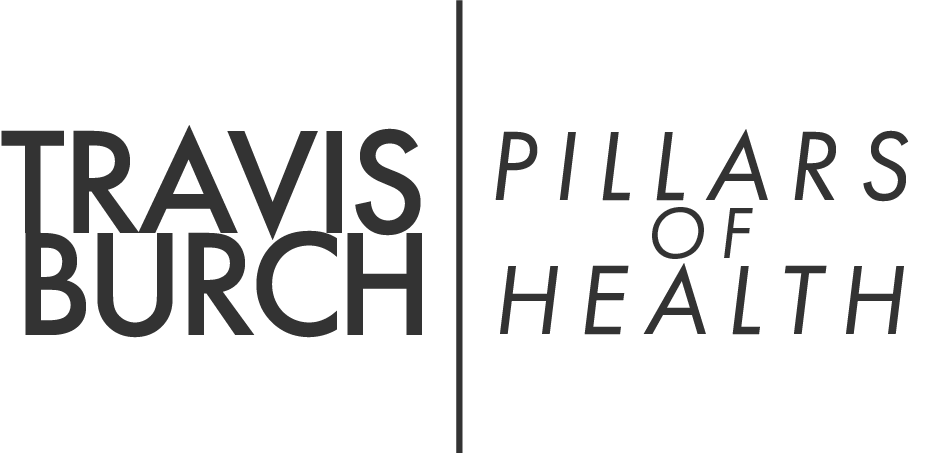Date Written: 7-15-2023
(check back for updates)
Some Rules I Follow
- Try one new idea at a time. Problems almost always arise from trying too many things in too-short of period.
- Understand how each component of my health regimen fits together. If I don’t understand it, it’s more risky for me.
- Don’t take action (especially long-term) just because another person is doing it. That person could easily be harming themselves, doing things that only work given their unique challenges, or might be about to find out that their current regimen creates imbalances.
1
Current Areas of Emphasis
I have transitioned into much more of a “maintenance” and “steady improvement” mode of my health journey.
I’m no longer focused on health as my primary objective. Instead I’m focusing on life: my new construction company (building healthy homes), my relationships (wife and family), and this website.
Areas of Emphasis (as of 7-15-23)
- Movement most every day
- Early bed times most nights (lights out by 9:15pm at latest). I want to feel my absolute best every day.
- Encouraging a mindset that expects things to go well
- Taking more nutrients, specifically. Since moving to my clean house, my tolerance is way up, sensitivity way down.
- Minimizing sodium intake. I’ve avoided table salt for about 2 years– since moving into my new house and noticing I no longer required extra salt. More recently, I began avoiding any food with any added salt. The further and further I go to restrict sodium intake, the better I feel! I expect this is due to my elevated sodium intake for nearly a decade.
2
I could focus more intentionally on my gut health — but when I’m otherwise thriving, it’s easy to do “just enough.” Which, for me, looks like “about every other day” for these supplements.
Prebiotics
- Colostrum (2-3 large doses/week)
Probiotics
- Vitamin Shoppe Brand 13 Billion (3-4x/week), before bed
If you’re struggling with chronic illness, gut health could need to be a major, throughout-the-day focus.
3
Therapeutic light has long kept my thyroid humming, weakened pathogens, and sync’d my circadian rhythm.
These days, I’m not leaning as heavily on it — though it’s still so beneficial to get a few things right: Especially bright light in my office workspace.
Office Lighting
- One 300w incandescent bulb (purchased at Home Depot). About 7 feet away, behind me, shining forward onto work space.
Sunlight
- I’m often too busy to lay out, but I know I would feel great if I did lay out more. Especially because I am responding well to Vit D supplements.
- I’m still outside a lot, and it’s clear the sunlight via the eyes is excellent for mood, energy, and the circadian rhythm.
Sauna
- I no longer have access to a sauna — but I am expecting this to change soon!
- Instead, I’m taking a warm bath several times per week.
- I’m also sweating a lot when working outside — which I find very beneficial to how I feel.
4
My circadian rhythm is humming along. In a healthy environment, I’ve found it takes less and less work to optimize.

Blue Light
- I put on cheap, red-tinted glasses around 8:30pm.
- At night, I put my TV on a warmer, dimmer color setting (I manually modified it to my liking).

Heal The Gut
- I still notice sometimes that a probiotic before bed helps settle my stomach and encourage sleep. Perhaps 3-4x/month this will happen.

Bedroom
- Dark bedrooms are magic for sleep!
- EMF — turn off wifi. No cell phone in bedroom, or on airplane mode. Sleep with head positioned further than 18 inches from wall
- Fresh Air — low humidity
- Clean — room is dusted. I prefer no carpet in bedroom.
- Temperature — not too hot.
- Firm mattress — the body relaxes more on well-supported surfaces.

Morning Sunlight
- I try to get outside early in the morning — and then several times throughout the morning. I’m pretty good about it.
- My 300-watt incandescent bulb in my office does a great job simulating bright morning light.
5
The food I eat is balanced: carbs and protein and fats — and digestible. I’m finding I’m needing and tolerating lots of protein, now — which is a change.
Low Salt
- I haven’t salted my food in over two years, and as of 2 months ago, I’ve cut out any foods with any added sodium.
- This means I’m eating matzos, white rice, potatoes, oatmeal, and some fruit for carbs.
- I’m not seasoning meat.
- I’m also making most food at home. Restaurant food can be quite salty!
General Notes
- I am still eating food with virtually zero food restrictions (except sodium).
- I do avoid artificial sweeteners and flavors, though I’ve noticed they don’t make me feel as poorly as they used to.
- I eat mostly whole foods, although I do eat refined wheat and some sugar. Starches (refined wheat) seems to provide needed glucose for energy, given my active lifestyle.
Macro Ratio
- Roughly a 2:1 ratio of carbs to protein. This lower than it used to be.
- I still don’t measure grams or calories. Instead, I eat intuitively (I don’t measure calories or macros anymore, although I did for some time) — and use. mybrain to think about what my body is needing. I generally get a feel for where “2:1” probably is. If I want a little more protein, or carbs, or fat… I’ll add more. After years of paying attention to this, I can figure out what I want/need.
- I used to think about what my gut will need to digest well… but these days all food d. gests well. Now, it’s more about “What macro do I need to satisfy me?”
6
I have been able to restore my thyroid without the use of thyroid hormones.
The absolute biggest factor in improving my thyroid health? Living in a new construction house that is outside a city — and then protecting it from water damage.
Here’s what I’ve always found to be essential for my thyroid health:
- Eat early.
- Moderate-to-high calories.
- 2:1 Carb to protein ratio.
- Lots of light.
- Protect sleep.
- Clean environment (especially mold/EMF).
7
I’ve gotten myself into endless conundrums with nonsensical, extreme nutritional supplementation.
Therefore, it’s become a core concept for me to never find myself lost and confused about nutrients, ever again.
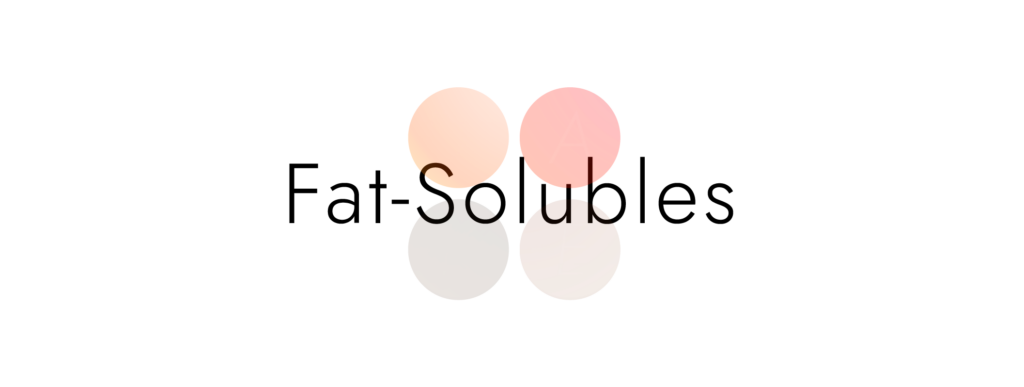
Fat Solubles
1-2x/week. I seem to need more Vitamin A than the other Fat Solubles. Therefore, I take this more frequently (daily).
- Vitamin A — 1x after moderate or heavy sunlight exposure
- Vitamin D — Been taking daily 5-10k IU for about a month. Notice I sleep better and feel better after taking.
- Vitamin E — 3-4x/week now, not avoiding avoiding PUFA.
- Vitamin K — 2x/week
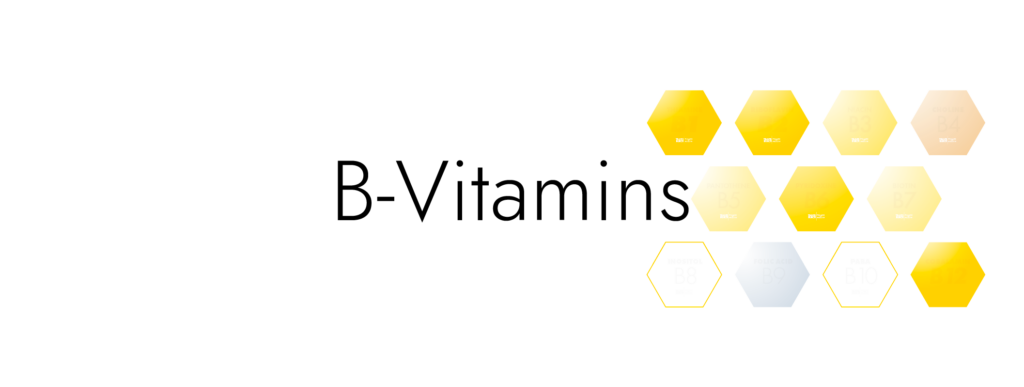
B-Vitamins
The Naturelo multivitamin is an excellent source of balanced B-vitamins.
- B1 — 1x/week (allithiamine)
- B2 — 1x/week
- B6 — 1x/week
- Choline — 1x/week
- I don’t seem to need more B12 than this supplement provides.
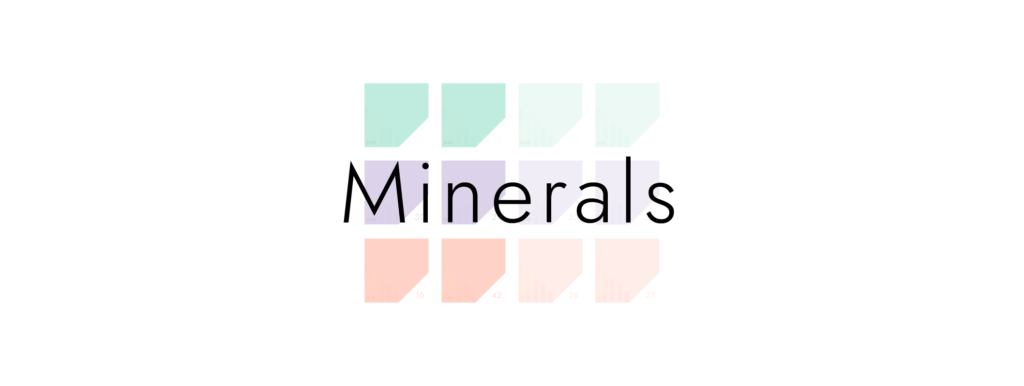
1st Tier Minerals
- Sodium — Completely avoid any added sodium, and even foods high in naturally-occuring sodium
- Potassium — Very high intake (potassium gluconate)
- Calcium — Moderate/high intake, mostly from dairy, not supplemented.
- Magnesium — 2-4x/day
2nd Tier Minerals
- Zinc — I now take a 30mg zinc most days. This requirement shifted dramatically when I moved to my new house.
- Copper — I now take zero copper. Zinc makes me feel good, copper doesn’t. (This is part of the zinc/copper shift that happened when I moved).
- Iodine — Now taking 3-4/week.
- Selenium — Not taking
Others
- Lithium — none recently
- Strontium — none recently
- Molybdenum — when I think of it. Usually several times per month.
Amino Acids
- I add 10% (5-source) collagen to my protein powder (truenutrition.com)
- Glycine — present in my magnesium supplement
- Lysine — currently not taking
- Proline — in colostrum
8
Sick buildings completely wrecked my thyroid, my gut, my brain function, and my sleep.
I now monitor my environment autonomously: Meaning, I’m not thinking very much about it. But if there’s a problem, I spring into action, protecting my new home from damage that might harm it (and me).

Awareness
- I am always aware of the health of the buildings I am in — especially my own home.

Clean
- We keep things pretty clean.
- Keep the floors dusted and wiped down.
- Change sheets a lot.
- Shower frequently.
- Keep car very clean.
- Change HVAC filter regularly (MERV 11 + Reme Halo unit keeps air handler mostly sterilized).

Minimize
- I don’t hang onto any item that could cause health problems.
- Heather recently safely disposed of cleaning chemicals in our garage, and it made a noticeable difference in our indoor air quality.

Protect
- I still “de-contaminate” when I return from buildings I suspect/know were “sick buildings.”
- I do this even when I return from a moderately healthy space!
- I try to keep my car clean, too, wiping down with Vital Oxide and microfiber. I also use the AC judiciously, running heat for 2-3 minutes after using the car AC.
I’ve seen a remarkable recovery — even since posting my first “What I’m Doing” post four years ago.
As much as I’m a believer in the essential topics — the Pillars of Health — and they are what set me up for rapid success when my environment improved, it continutes to blow my mind just how much sick buildings were affecting my health, for the worse. (There’s a reason I’ve included “Healthy Buildings” as an essential pillar).
Since living in this new house, I’ve seen every aspect of my health improve. Nutrient needs shifted on a dime, within weeks of moving in — and balancing them got easy (instead of hard). Great sleep required less and less effort — and is now automatic.
Energy levels are way up. And more than anything, my mental acuity returned.
It’s also become apparent to me that it’s easier to be hopeful, to expect good, and to overcome challenges. Living in a healthy space has been a wellspring for me, propelling me foward, and giving me a solid foundation to live my life from.
Of course, no space is perfect, and they all require us to maintain, upkeep, and protect them from problems — and my identity is not placed in my home. But a healthy home is an essential human need, and it’s remarkable to have one.
If you’re wondering what the best option is for you — in terms of healthy living spaces — there may be nothing better than a new construction house.
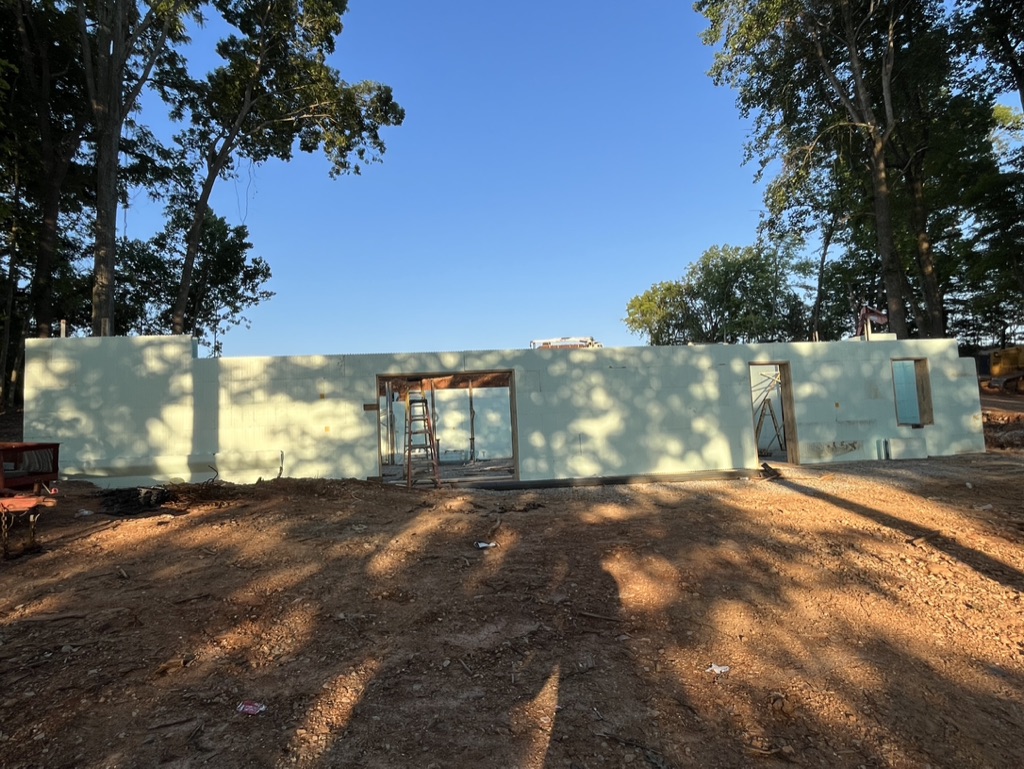
Sure, new construction has its issues. So does old construction (a lot more, IMO). What you can do in new construction is this: Protect it. From problems that make it unhealthy.
You can’t really protect used houses from problems that have already happened.
Yes, it takes skill to find the best options in new construction: For instance, I wouldn’t buy a new construction house next door to a sewage process plant, or with a smart meter behind the bedroom wall — or a house at the bottom of a hill.
But you can develop those skills. You can understand healthy buildings! In fact, you can have one, yourself!
You don’t need perfect. You just need one that isn’t awful.
Standing Explanation of This “Interconnected Pillars” Approach
(from 2019)
What might be even more important than the actions I take each day? How I think about my health.
Organizing my thoughts — into important topics — is one of the most important habits I developed as I came back into health.
I stopped viewing everything through a single lens — whether it be the thyroid, the gut, mold, or something else (various diets, perhaps).
Instead, I came to understand these essential topics, each its own standalone pillar of health that matters deeply and universally for all people.
That means I couldn’t simply focus on one area — gut health, or light, or the circadian rhythm — and expect to recover.
Of course, there’s so much overlap between each area — so envisioning these clearly defined “essential topics” helped me delve into health zones without becoming lost in the weeds, or overwhelmed by dozens of ideas.
These days — and for many years now — I don’t worry about doing a million health activities each day. I just think of these essential topics: light, sleep, the gut, food, nutrients, etc.
Often, I keep it super simple: Just make sure I’m doing something for each pillar every day.
I take stock — how I’m doing lately — for each topic. For example: “What’s my therapeutic light been like recently?”
Sometimes, I’ll focus more on one area than another.
Other times, I’ll also take a break from certain areas periodically — to see how doing less affects me.
Viewing these Pillars of Health as “essential topics” also allows me freedom from health-group dogma. I know a given essential topic is important, and I can maintain my focus on it, even as I explore various approaches within that subject. I can take and leave advice from many sources — based on what works for me.
This way, I can take or leave advice about, say, the circadian rhythm without changing my appreciation for the topic, itself. I know it’s important.
As I work through different approaches, I keep the best ideas — and weed out those that didn’t help, or those that made me feel worse.
Over time, the way I view these essential topics has become only about the purely good ideas I discovered along the way.
I improved my health dramatically — from near-complete debillitation, brain fog, fatigue, insomnia, hypothyroidism, and gut dysbiosis — to feeling better than ever.
I know you can too! How you think about your health information is the key to utilizing it, rather than it overwhelming you or trapping you.
Instead, build your own approach — one that resonates with your interests and innate wisdom, and thus will provide you sustainable results.
In your future, there is energy, vitality, and freedom. I recovered my health, and you can too.

